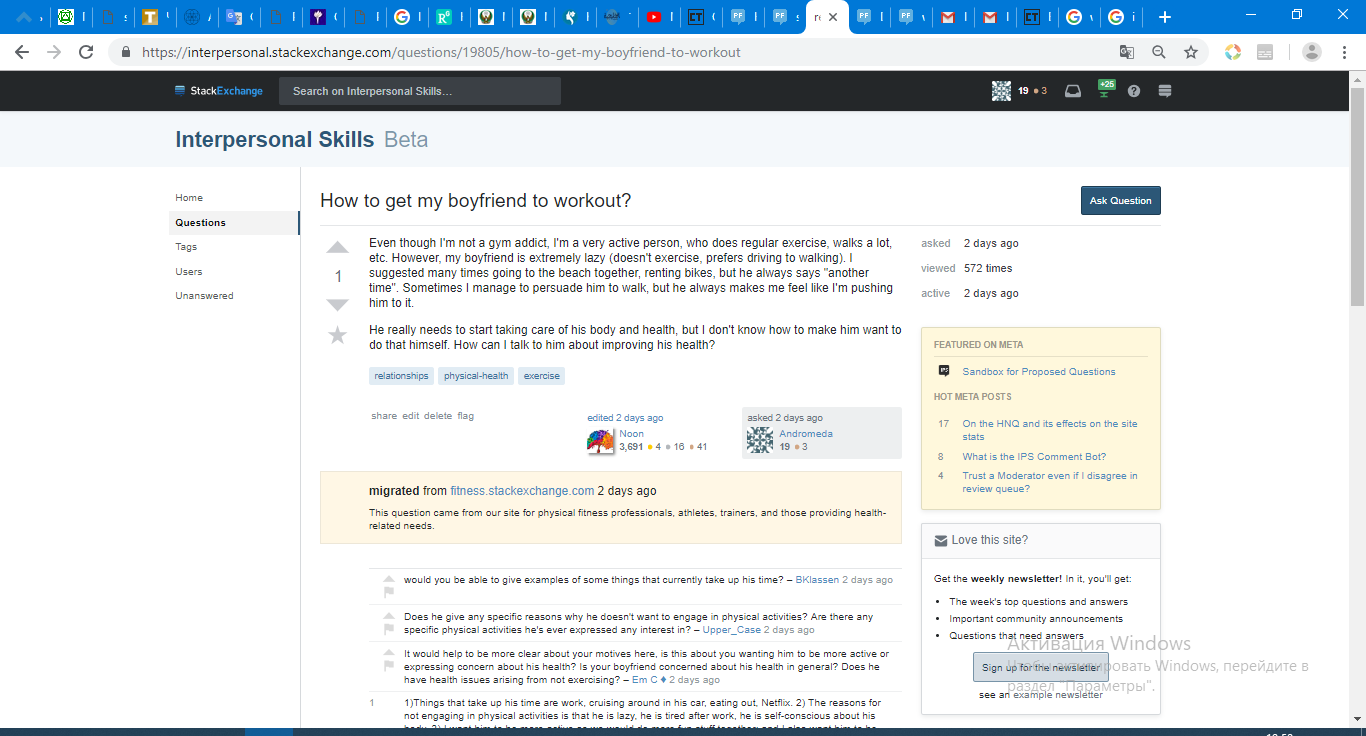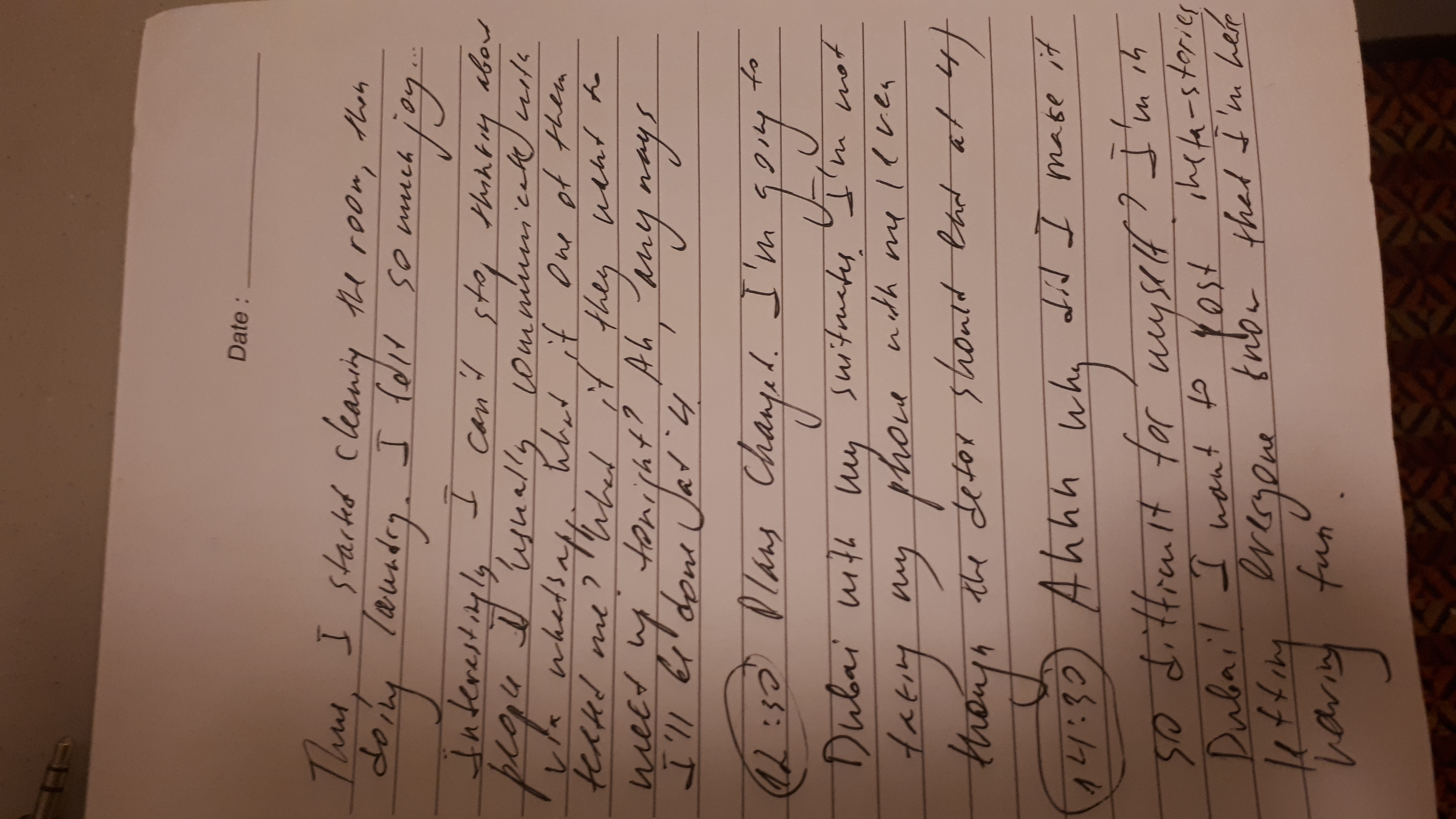In my paper I want to talk about the virtual reality, and its possible positive and negative effects on our real life.
Nowadays it takes very little to get into a virtual imaginary world – you just need to wear special glasses or a helmet. The VR technologies are most widely used in the gaming industry, but they certainly have a potential for being used in other spheres. For example, VR has already been trying to enter the art sphere: it can change the traditional cinematography, with film-makers producing 360 movies, or the visual art industry with artists painting something which the audience can literally enter and experience in 360 format. This can transform not only the artworks themselves, but also the venues that display them, such as galleries and museums.
The effect of virtual reality can be used in many spheres where it makes sense to immerse one in an imaginary reality. For example, it can also be used in education, helping learners visualize the images, or for professional training purposes – thus presumably making these processes more effective. In fact, VR might also be used for live broadcasting of anything that’s happening anywhere on the plant – be it a football match, a concert, or even a public protest.
As businesses start incorporating VR more actively, they would want to make VR present in every life aspect, making living without it seem impossible (as it is the case with smartphones). Thus, they will try to plunge as many people as possible into it, which will make life easier in some aspects, but create new problems as well. For instance, the habit of getting into another reality might disrupt our relationship with actual world and other people, making us want to escape it for the alternative reality. Another example could be the situation where we would lose the feeling of danger and the need for self-protection in the real world, forgetting about things that cannot harm us in VR but exist in reality. Thus, VR can in fact decrease our awareness of the surroundings and make us more vulnerable.
There are many more potential threats and benefits that I want to explore in the paper.


















